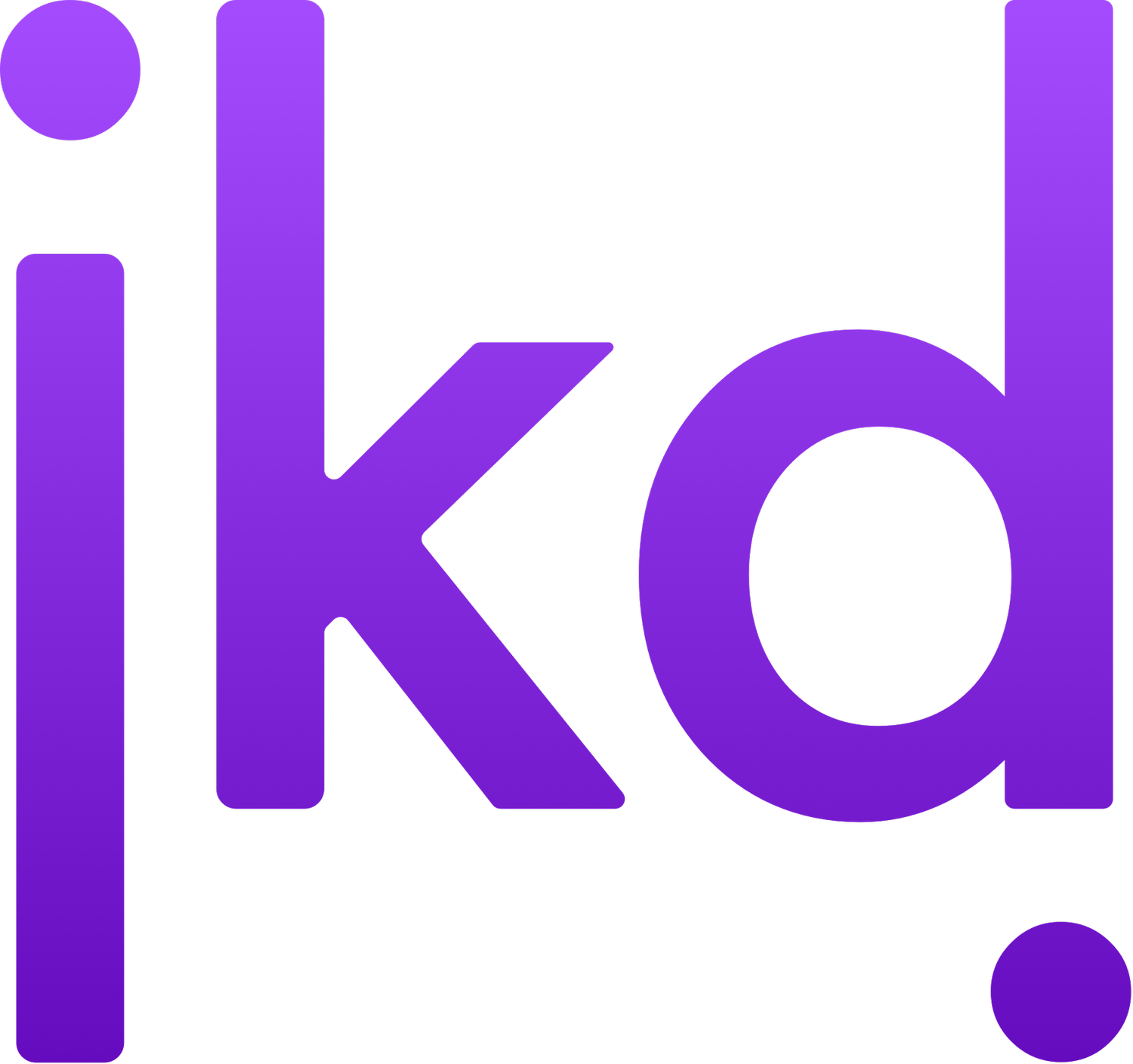Guess what? Design is a process.
Good design is informed design.
Products, brands, and people don't work in a vacuum (surprise!), and that means your design shouldn't either. From unpacking the real appeal, to making sure it does exactly what it needs to, my work adheres to the philosophy that informed design happens via process – a process driven by the dialectic between user goals and business goals.
Exact ratios and ingredients differ between projects, but here's a rough breakdown of what you can expect.





